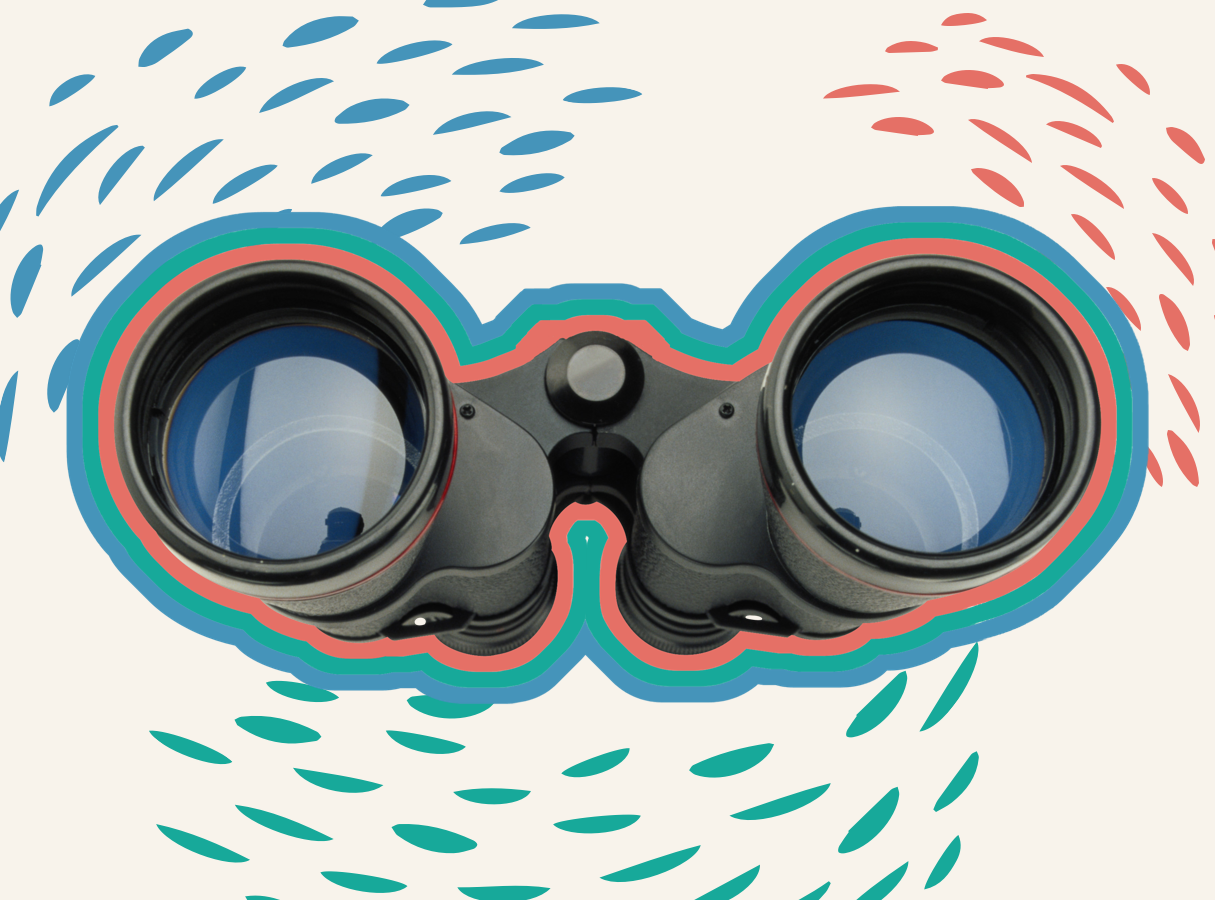Biology and Chemistry of CBD
ENTOURAGE EFFECT
Why would a cannabidiol (CBD) company start by focusing on THC? It is precisely because of the “entourage” effect of cannabis that makes it so effectively therapeutic. There are conditions that will respond to pure CBD, but, remembering that our own endocannabinoid system is complex, it makes sense that the highly compatible phytocannabinoid system exploits the complexities of our built-in processes. Contrary to the many effects in common with THC and many unique effects as well. Even when there are similar effects, such as the anti-inflammatory properties of both THC and CBD, each accomplishes them in a different way, resulting in a more varied and robust response as a result of the two working together. More impressively, several other phytocannabinoids are anti-inflammatory in nature, and each works differently from the other. CBD is the most potent anti-inflammatory phytocannabinoid and is second in its analgesic effects only to THC.

CBD plays a major role in the central nervous system and the immune system by activating and inhibiting non-cannabinoid receptors as well as enhancing the synthesis and activity of anandamide (AEA). High-CBD cannabis blocks inflammatory processes in brain and body. CBD lowers the psychotropic effects of THC without lowering blood or tissue levels of THC. CBD promotes bone fusion and improves the collagen profile in healing bone and in the connective tissue system of the body while THC does not. CBD also uniquely converts inflammatory, weight-promoting, and cardiac-damaging white fat into anti-inflammatory, weight-losing, and cardiac-protective brown fat. CBD, not the other phytocannabinoids, also appears to protect against destruction of heart muscle caused by diabetes.
Neither THC nor CBD are present in the plant in any significant quantity until it is heated, which can be accomplished by smoking the plant, vaporizing it, or pre-cooking it in an oven before adding to edibles or liquids, a process known as decarboxylation. The raw plant contains (∆ 9 tetrahydrocannabinolic acid (THCA) and cannabidiolic acid (CBDA). As seen in Table 2 these cannabinoids have their own anti-inflammatory and analgesic properties. While the body does not convert THCA to THC, it does convert CBDA to CBD, with blood levels up to four times higher if the plant is consumed raw or the fresh leaves are juiced than if the plant is preheated. Using the raw plant provides another way of consumption of cannabis with markedly reduced risk of psychotropic effects and increased levels of CBD in blood and tissue.
CBD-dominant cannabis is effective on its own for various forms of degenerative brain disorders, including multiple sclerosis, Parkinson’s disease, ALS, and dementias. CBD reverses inflammation in the brain’s immune system.
A very small amount of CBD breaks down to THC in the body, an action that may explain its rare side effect of drowsiness. If this occurs, dosing can be shifted to the evening, with the result being improved sleep. In some patients, daytime drowsiness can still occur. In this case, switching to a different strain of high-CBD/low-THC cannabis can be helpful. It appears that THC, CBD, CBN, and CBC all help to improve symptoms and signs of psoriasis. At very high doses, such strains may lower cortisol levels.
Cannabichromene (CBC) is anti-inflammatory in its own unique way, blocking nitric oxide, which, in turn, blocks the release of the main pain neurotransmitter, substance-P. It also blocks one of the pain receptors, PPAR gamma. CBC, THC, and CBD show antidepressant effects in animal studies, while cannabigerol (CBG) and cannabinol (CBN) do not. CBN has analgesic and anti-inflammatory properties, as well as anti-cancer effects. CBN is also good for aiding in sleep disorders.
One of the problems with medical cannabis as a treatment is the illegality of the plant due to the effects of THC and its desirability as a recreational drug. Side effects of high-THC cannabis (more pronounced in new users). These side effects do not necessarily mean THC must be eliminated from treatment, but, instead, focus can be put on limiting its psychotropic side effects and avoiding impairment.
The phytocannabinoid and endocannabinoid systems both exhibit the entourage effect of synergism among various components. Phytocannabinoids have no lethal dose in standardized testing. Cannabidiol has a wide spectrum of benefits, being superior, synergistic, and activity-modifying of other phytocannabinoids, endocannabinoids, and non-cannabinoids. It has no significant psychotropic effects and works best in concert with other phytocannabinoids. As a single phytochemical, it presents a huge number of potential treatment options with a wide variety of diseases and disease states.
The phytocannabinoid system enhances the endocannabinoid system and then works on that system to improve its function of restoring balance in the face of illness and injury. The science of understanding how these plant-based products work is rapidly unfolding. There are some problems with medical cannabis, including some side effects, unwanted effects, issues of abuse and misuse, and social disruption, but one only needs to listen to the disclaimers at the end of television ads for FDA-approved drugs to recognize that the risks of medical cannabis are far more acceptable than many pharmaceutical drugs. There are grave conditions, such as Alzheimer’s disease, cancer, autoimmune problems, psychiatric disorders, and epilepsy that need new treatment approaches. If any other safe compound had similar effects on health as does medical cannabis, researchers, clinicians, pharmaceutical companies, and the government would be doing everything in their power and ability to fast-track them for public availability. Instead, the opposite has occurred.
To this day, research on these substances is still highly restricted. The bias of the national funding agencies toward finding research that supports prohibition and has negative hypotheses and results is evident in the concerted effort to keep debunked negative claims in the public eye on federal websites. Physicians are poorly informed about the science of the endocannabinoid and the phytocannabinoid systems. The moralistic and political decision making of the past must yield to rational approaches to exploring the full health potential of cannabis.




